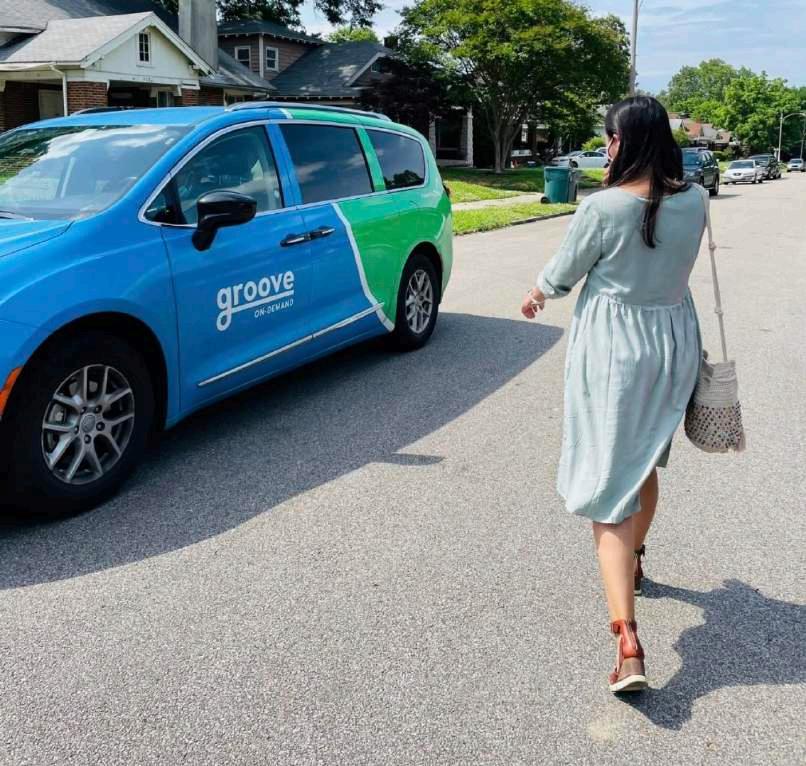






A Memphis Medical District Neighborhood

MEMPHIS MEDICAL DISTRICT
◎ Introduction to MMDC
◎ Introduction to Peabody - Vance
◎ Neighborhood Context
◎ Current Conditions
◎ Opportunities & Investments
◎ Appendix A: Data
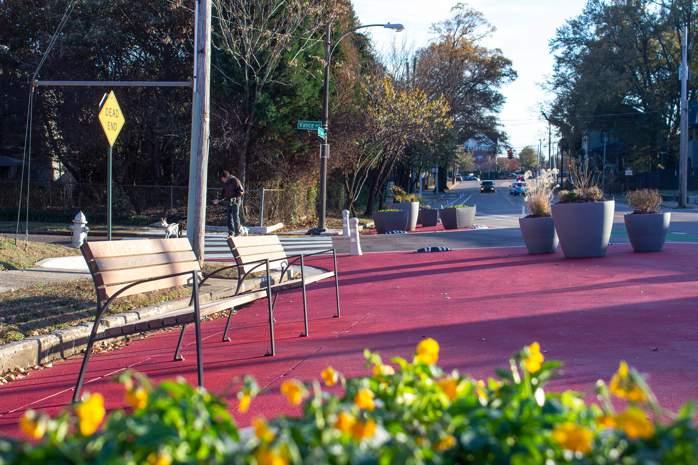

ROLE : A community development organization that works with anchor institutions and surrounding neighborhoods to strengthen the connections, communities, and campuses in the Memphis Medical District so they are more vibrant, prosperous, and equitable
Capture the Value of Major Institutions in the District






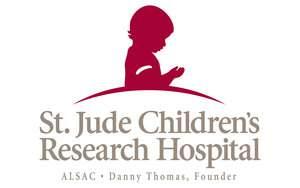

Increase Housing Supply
Strengthen Commercial Corridors
Improve Public Life
Build Community Wealth



The Peabody-Vance Neighborhood is conveniently located between Downtown, Midtown, and South Memphis. The neighborhood offers a variety of housing options, from historic mansions to multifamily apartment buildings. This diverse neighborhood mixes historic charm with the potential for an upand-coming commercial corridor.
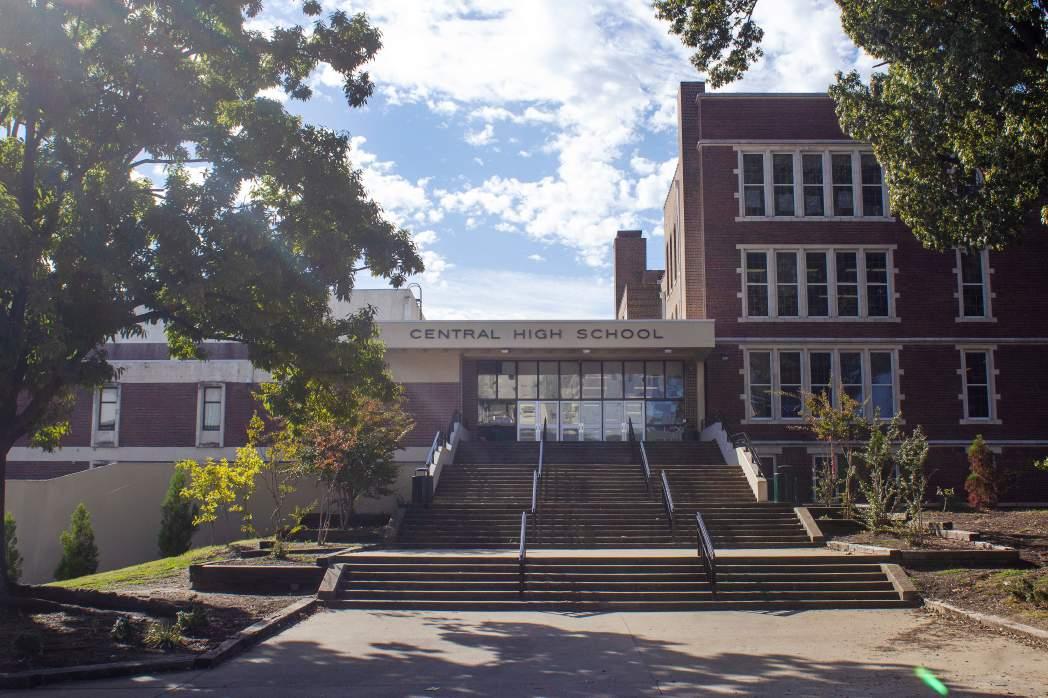

The following map indicates the full Medical District boundary as well as the Peabody-Vance neighborhood boundaries served by MMDC.
The Peabody-Vance Neighborhood Association defines their boundaries slightly differently than MMDC. Ultimately, both entities work together.
KEY
Medical District
Peabody- Vance Neighborhood
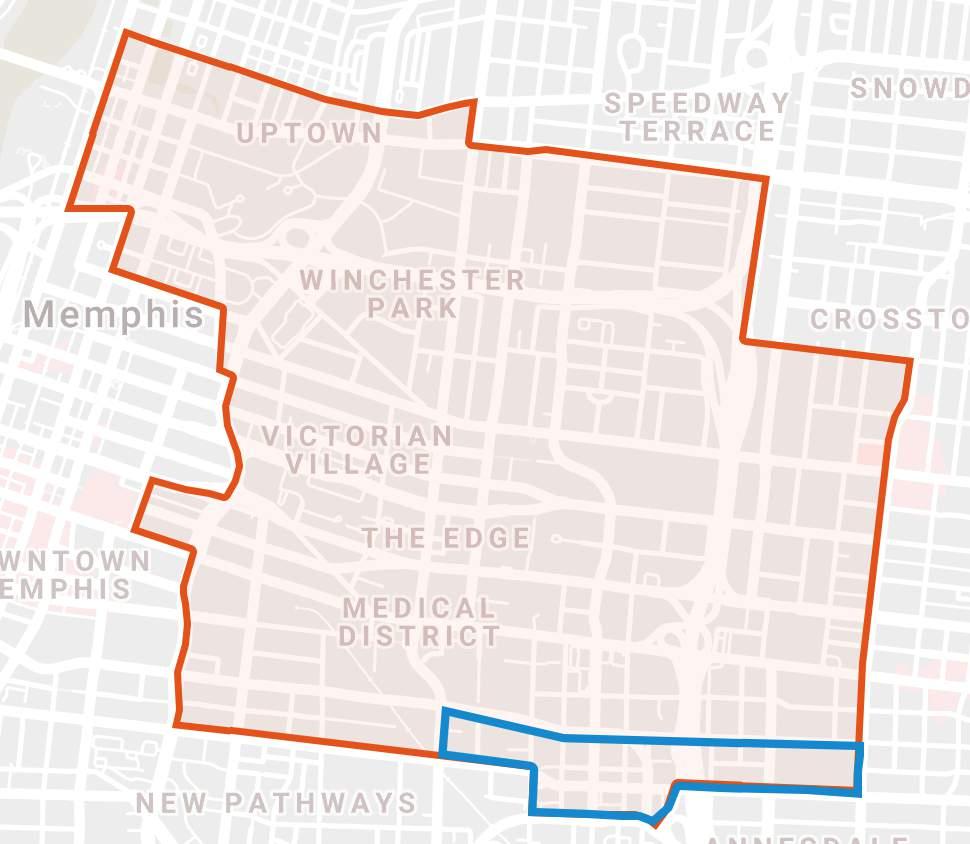
The Peabody-Vance Neighborhood Association is a strong presence in the neighborhood, bringing together residents, business owners, and active community members. The PVNA is led by Sharon Coleman, a longtime neighborhood resident, neighborhood business owner, and association President.


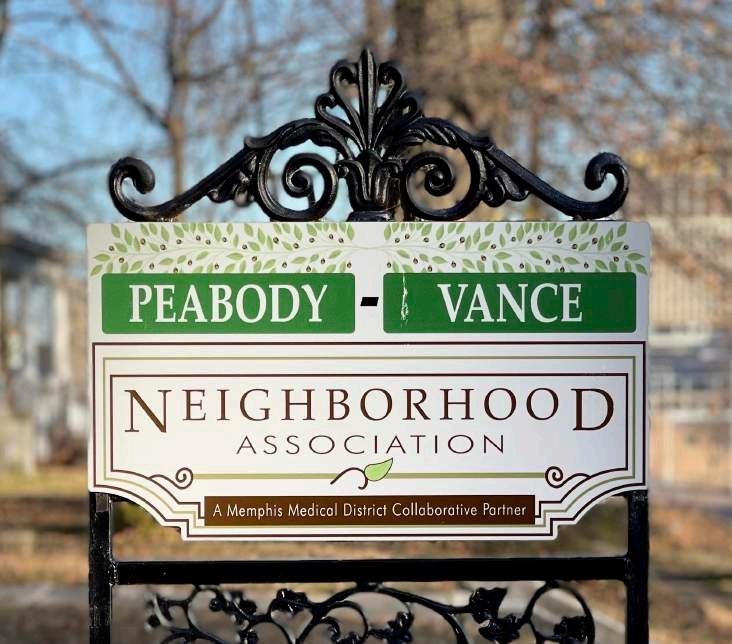
The residential market consists mostly of historic homes from the late 19th century, in addition to multifamily apartment complexes from the mid20th century. Frankel Properties owns the majority of the larger multifamily apartments in the area. Almost 90% of the neighborhood’s housing stock are apartment units.
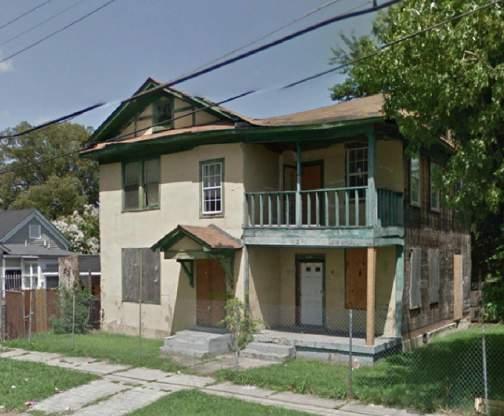
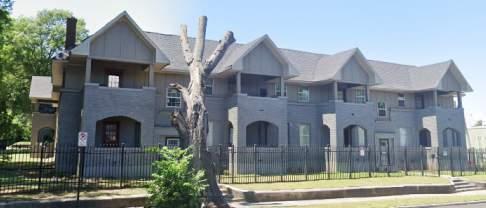






Source: Decennial Census, 2010.


Commercial buildings are situated at key neighborhood corners and gateways, portending an enlivened mix of light industry, retail, hospitality, entertainment and culture.
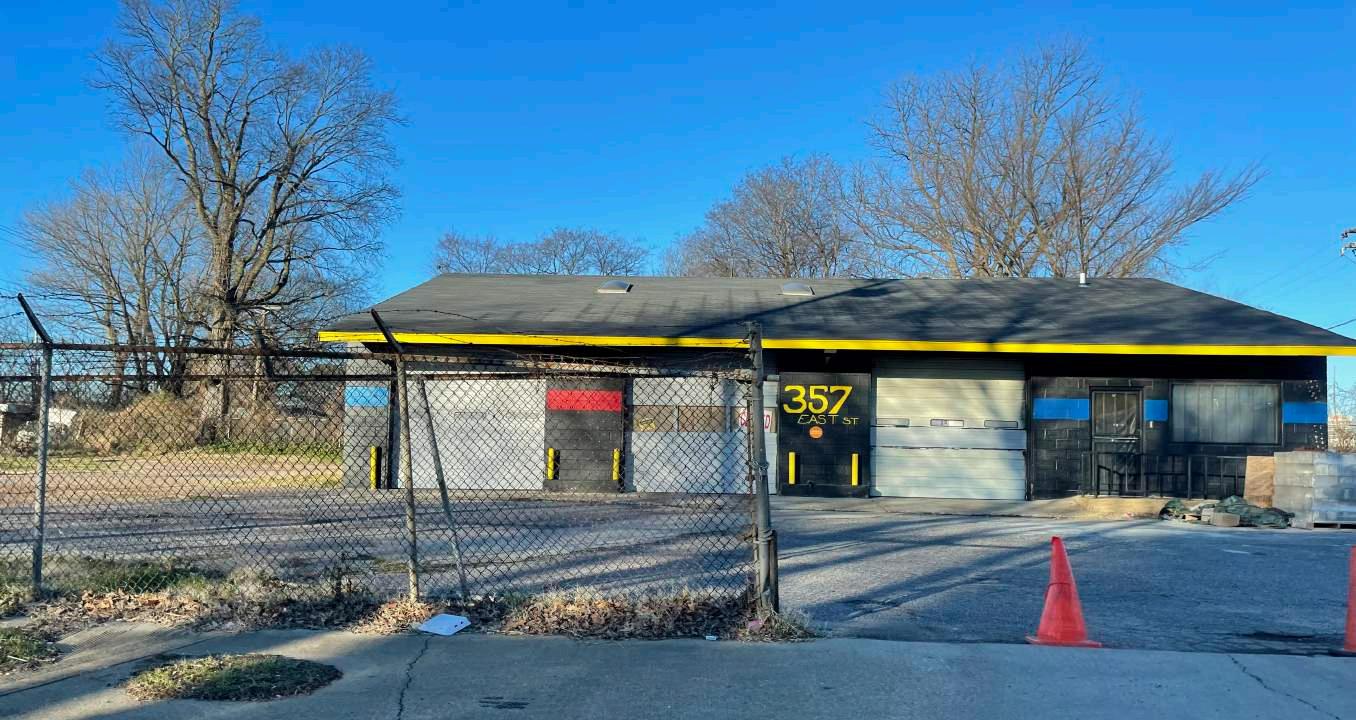


Residential Urban – 4 (RU-4)
Residential development in the RU-4 District allows a variety of housing types including single-family attached (townhouse) and multifamily (large home, stacked townhouse, apartment). New RU-4 districts are generally located in an infill or redevelopment location where similar housing types are part of the original fabric of development. Additionally, RU-4 districts should have a shared street network with and are generally located within 500 feet of a CMU-3, or CBD district or are within 500 feet of an arterial.
Residential Urban – 3 (RU-3)
Residential development in the RU-3 District allows a variety of housing types including single-family detached (conventional, side yard house, cottage), single-family attached (semi-attached, two-family, townhouse), and multifamily (large home, stacked townhouse, apartment). New RU-3 districts are generally located in an infill or redevelopment location where similar lot sizes are part of the original fabric of development. Additionally, RU-3 districts should have a shared street network with and are generally located at least 500 feet from a CMU-1, CMU-2, CMU-3, or CBD district or are within 500 feet of an arterial.
Commercial Mixed Use – 3 (CMU-3)
The CMP-1 District is intended to accommodate new development where the land-use pattern is predominately urban in character. New development should be urban in character with an emphasis on compact, vertical, pedestrian-oriented, mixed use development that fit seamlessly into the built environment. Landscaping requirements are reduced and buildings are pulled up much closer to the street.

Source: City of Memphis, 2016
Source: Shelby County, 2010
Small-scale interventions to improve the public space and pedestrian experience have been made throughout the neighborhood. Despite these efforts, additional enhancements are still needed.


Streetscape enhancements to slow vehicular traffic

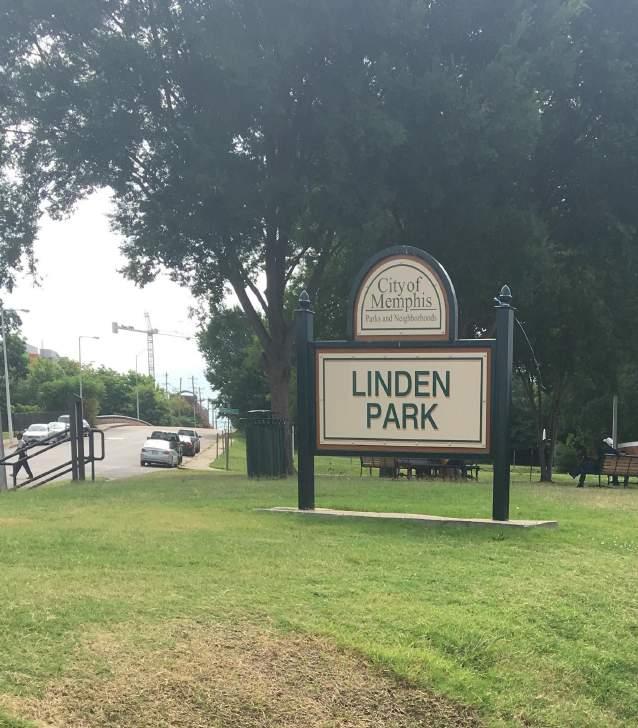
 Elderly individual in Linden Park walking downhill
Neglected sidewalk maintenance
Elderly individual in Linden Park walking downhill
Neglected sidewalk maintenance

Building off of previous small-scale interventions, there is a need for additional public realm improvements to enhance the area’s livability, walkability, and overall neighborhood safety.
Public realm improvements should include, but are not limited to:
• Pedestrian-scaled lighting
• Curb cuts
• Sidewalk repair and installation
• Beautification efforts such as increased trash cans, planters, neighborhood art
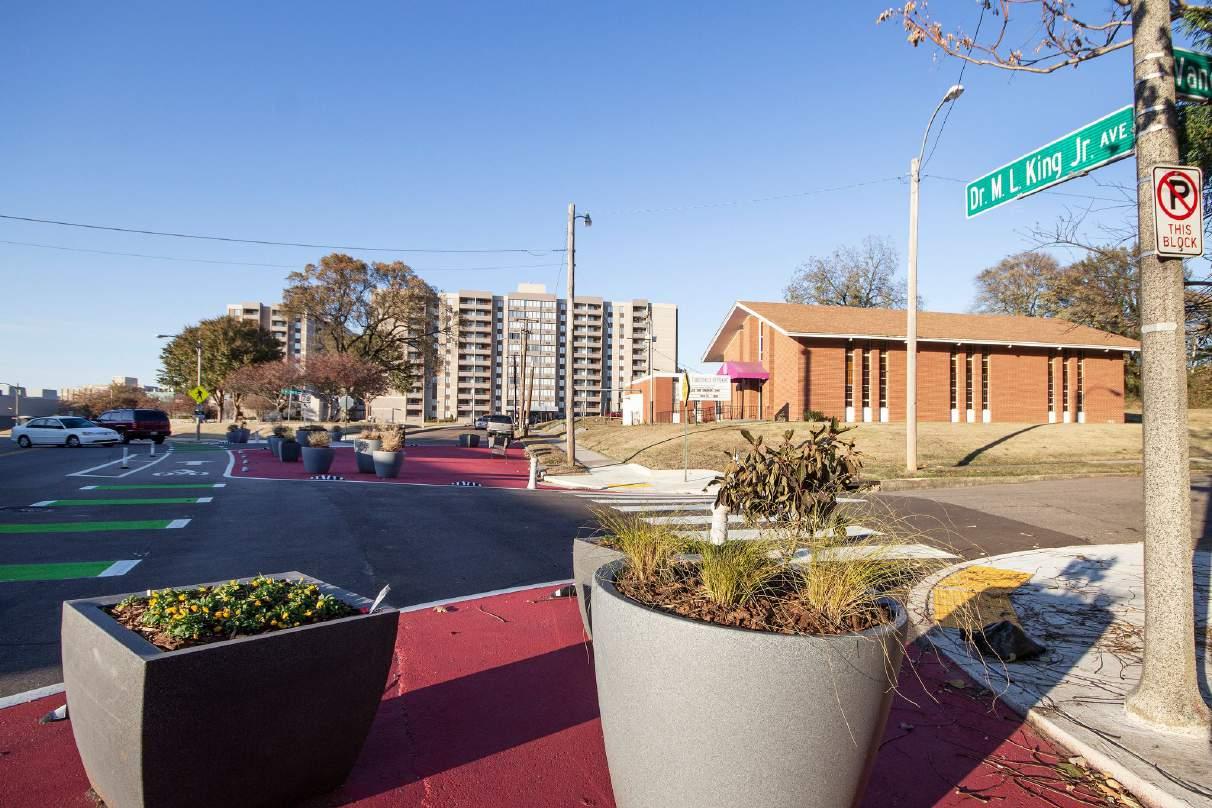
Peabody-Vance is strategically situated between Central Gardens to the east, the Medical District to the north, South Memphis to the south, and Downtown Memphis to the west.
Commercial pockets are present throughout the neighborhood, including along Dr. Martin Luther King Ave., East St., Walnut St., and Vance Ave. Targeted incentive programs such as the recent DMC/MMDC “Good Neighbor Grant” partnership can enliven the presence of existing businesses while attracting new businesses to relocate in the area.
A mix of retail, light industry, hospitality and leisure is all needed and will feed the growing demand for live, work, learn and play services in the District.


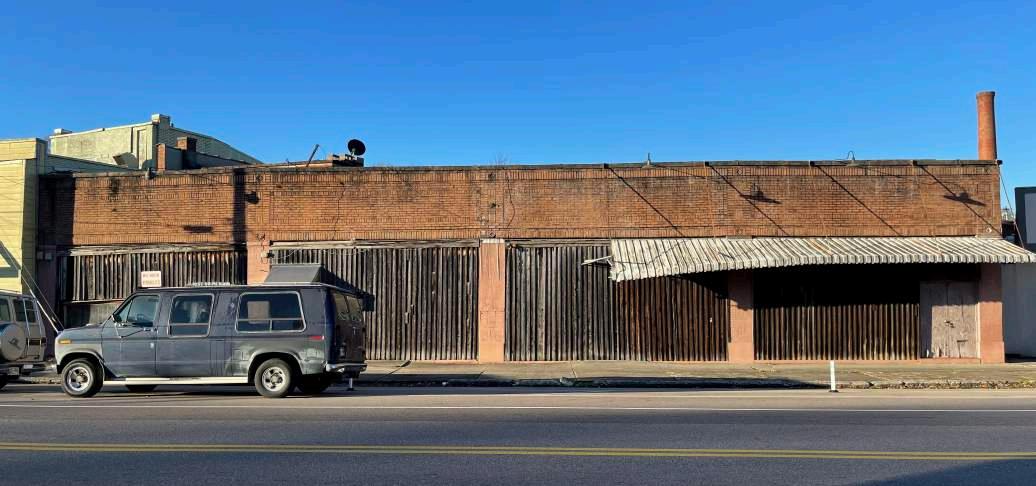
Peabody-Vance offers one of the more eclectic mixes of residential housing options in the City of Memphis. While much of its historic, 19thcentury single family housing has been restored, many of the mid-20th century apartment buildings are in need of investment, repair, and rehabilitation.
MMDC, working with the Peabody-Vance Neighborhood Association, intends to identify problem properties and owners to conduct an outreach campaign that would introduce incentives and support to revitalize this needed housing stock. With its strategic location and mix of housing options, a revitalized Peabody-Vance neighborhood can be an exemplar for highquality, affordable housing at all scales of the socioeconomic spectrum.
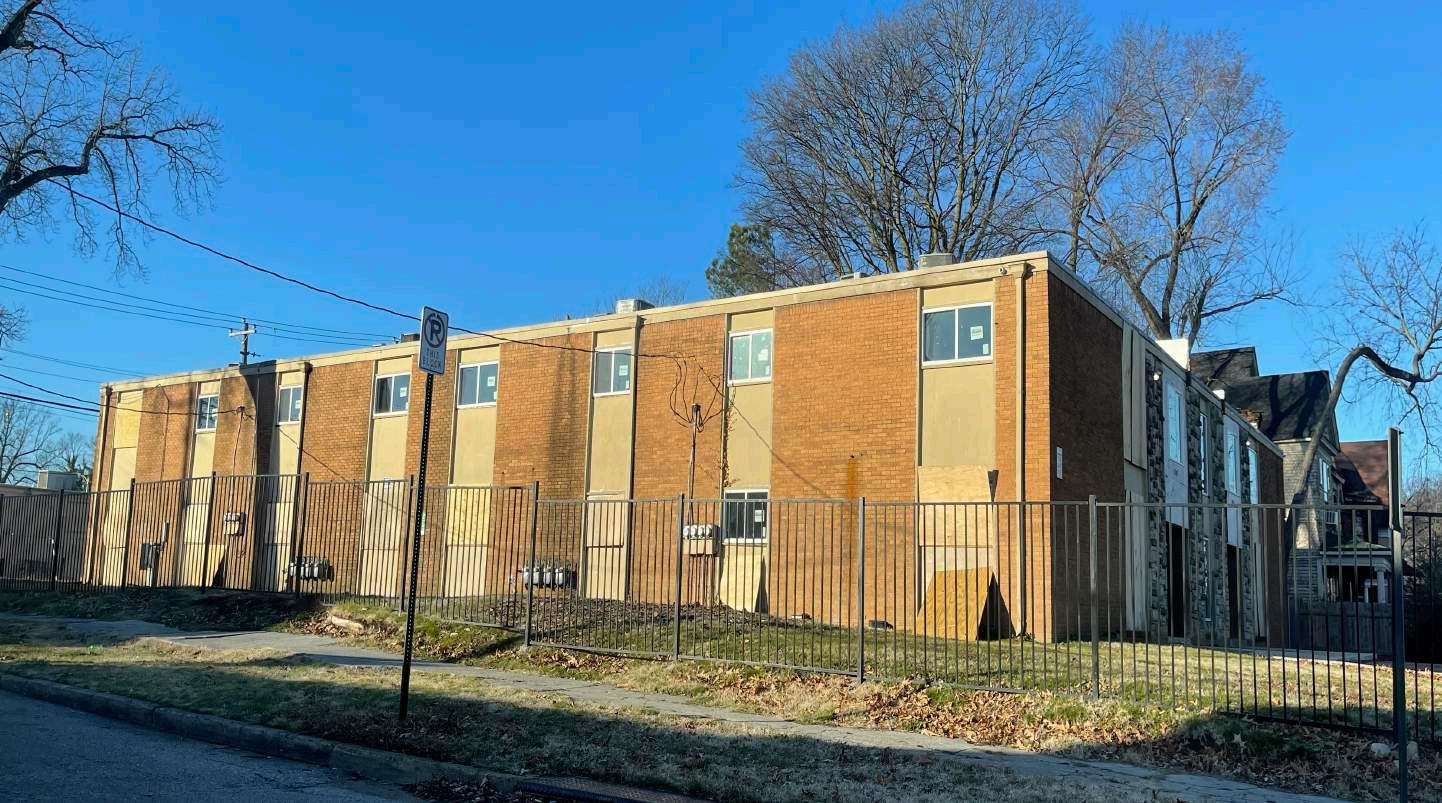 945 Peabody Ave
945 Peabody Ave

MMDC INVESTMENT FUNDS

◎ Pre-development grant
◎ Improvement grant
Contact info@mdcollaborative.org with questions
DOWNTOWN MEMPHIS COMMISSION (DMC) FUNDS
GOOD NEIGHBOR GRANT
Peabody Vance neighborhood boundaries align closely to the CBID and other prioritized neighborhoods
◎ Focused on commercial properties
◎ Designed to fight the appearance of blight and to provide resources to make exterior improvements
◎ Up to $25,000 per project ◎ MDD Capital Debt “Build” Fund ◎ MDD Investment “Grow” Fund

Existing

Proposed

Working with neighborhood resident and Association President, Sharon Coleman, the following parcels were reimagined with the following conceptual architectural drawings utilizing the MMDC Pre-development Grant.
Uses: Residential development
Cost: TBD
320 East St received an MMDC pre-development grant for conceptual architectural drawings for 6-8 single family residences
Uses: Residential development
Cost: TBD

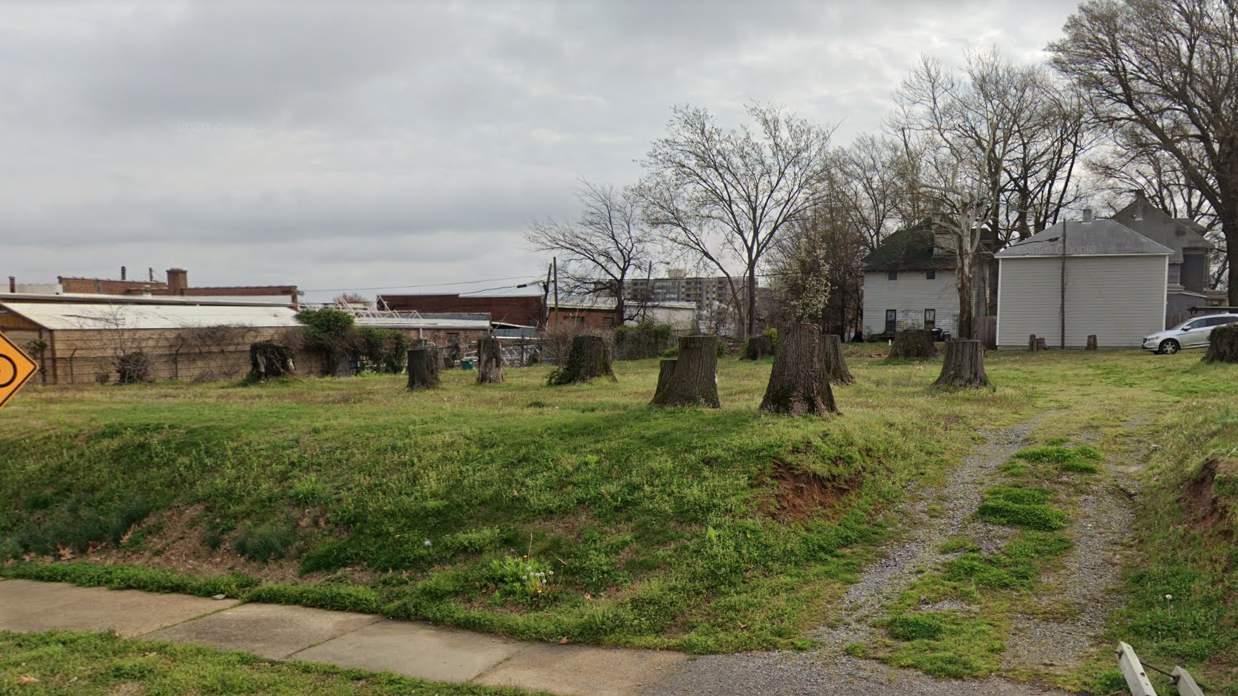
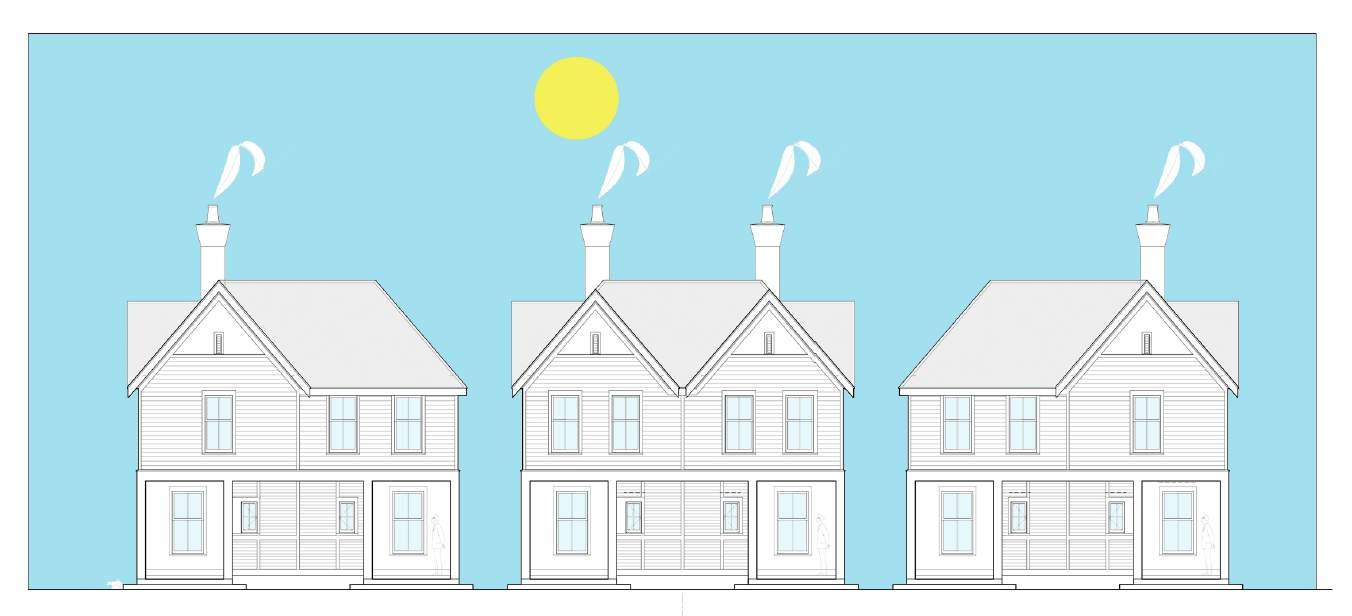
Todd Frankel is a California-based developer who has acquired a sizable portfolio of properties in the Peabody—Vance neighborhood. Most of his properties are Class C assets in need of repair and rehabilitation. MMDC has been in conversation with Mr. Frankel about cultivating potential partnerships to that end.
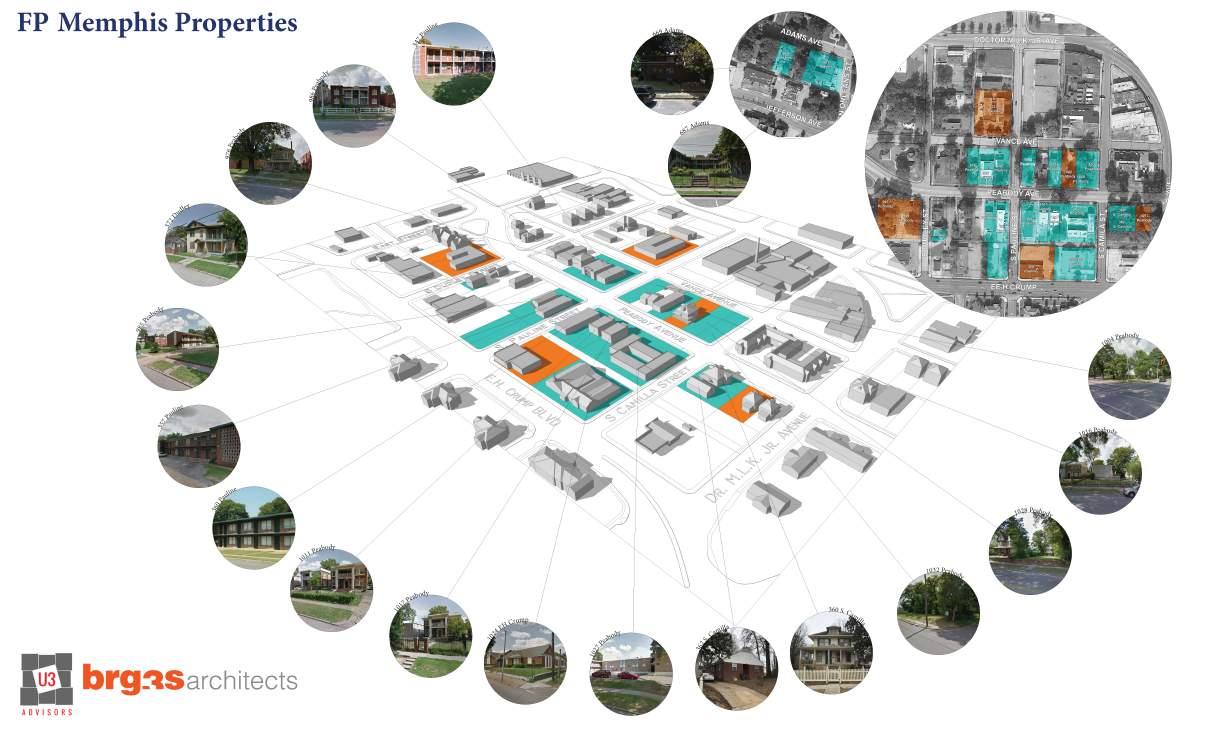

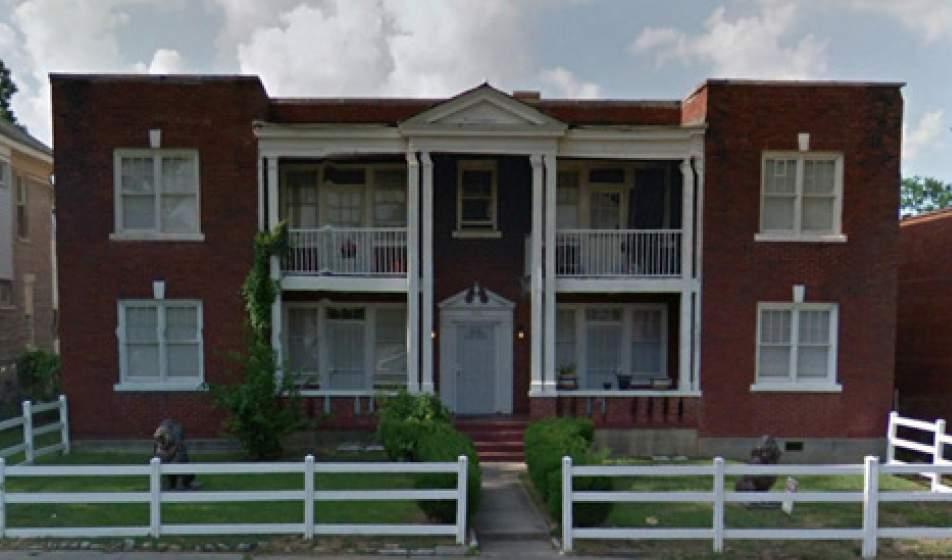
The former Kraus Cleaners building sits at a highly visible location located across from Linden Park. The site is in need of remediation and redevelopment, possibly as a gateway and/or anchor development for the area.
Uses: TBD
Sales price: $300K on 11/20/2020
Purchased by: T Town LLC – owned by Todd Frankel

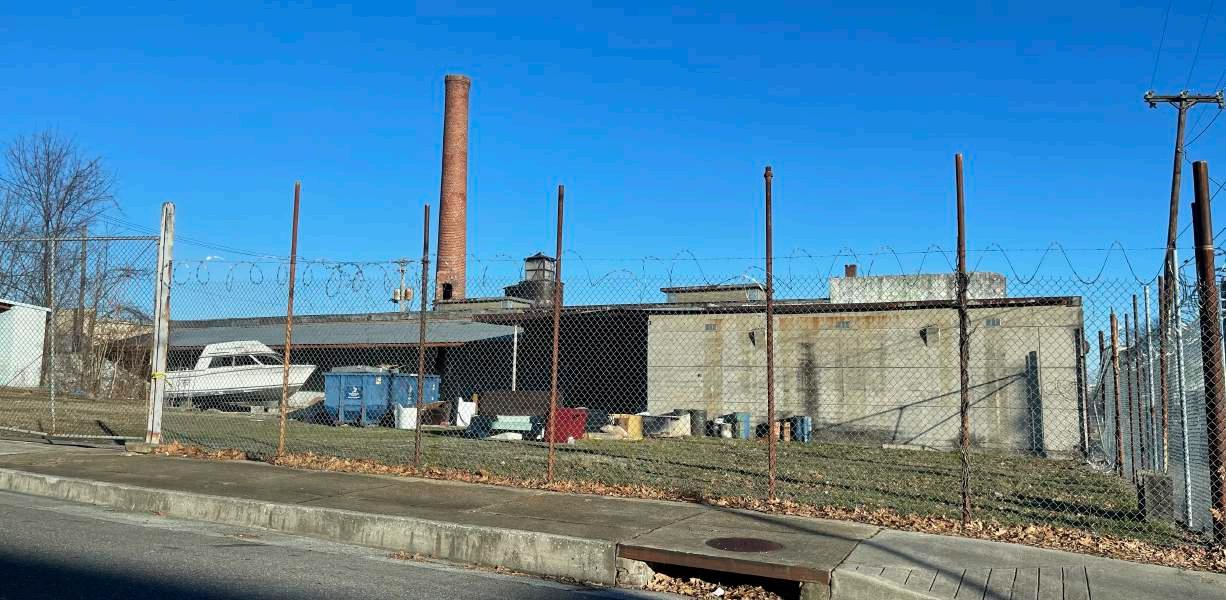
Public Art as Connector
Opportunity to connect the Peabody Vance neighborhood to the area directly east and through the I-240 underpass. Potential for lighting and public art installation to increase safety and connectivity.
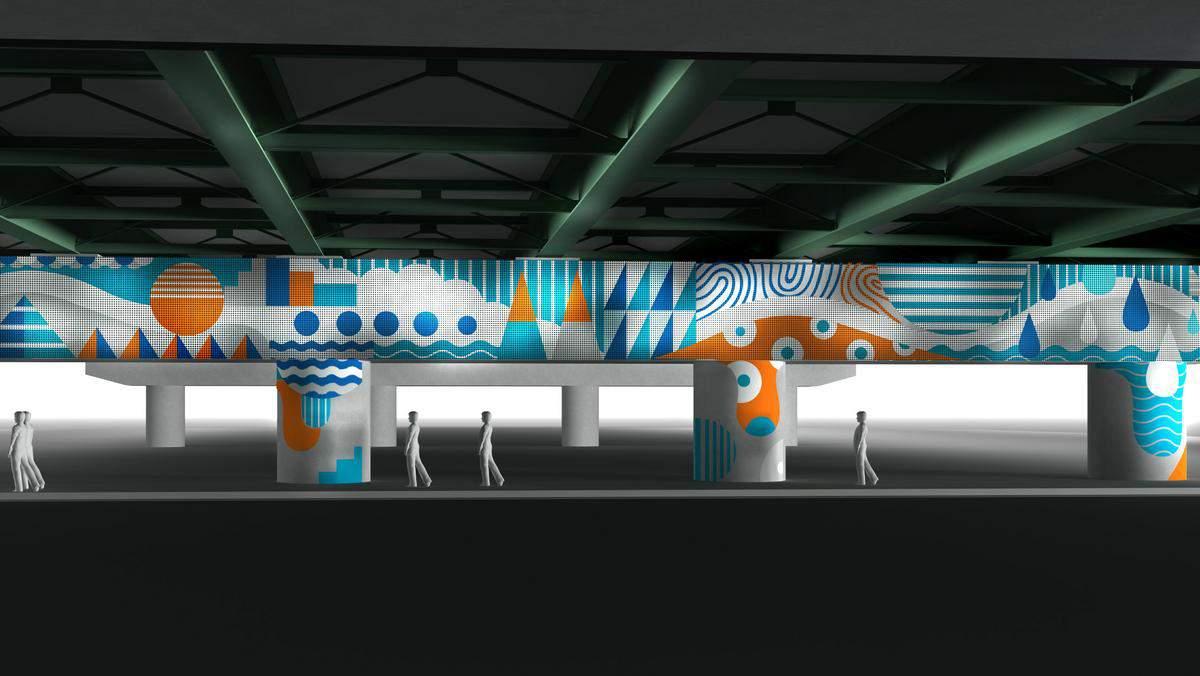
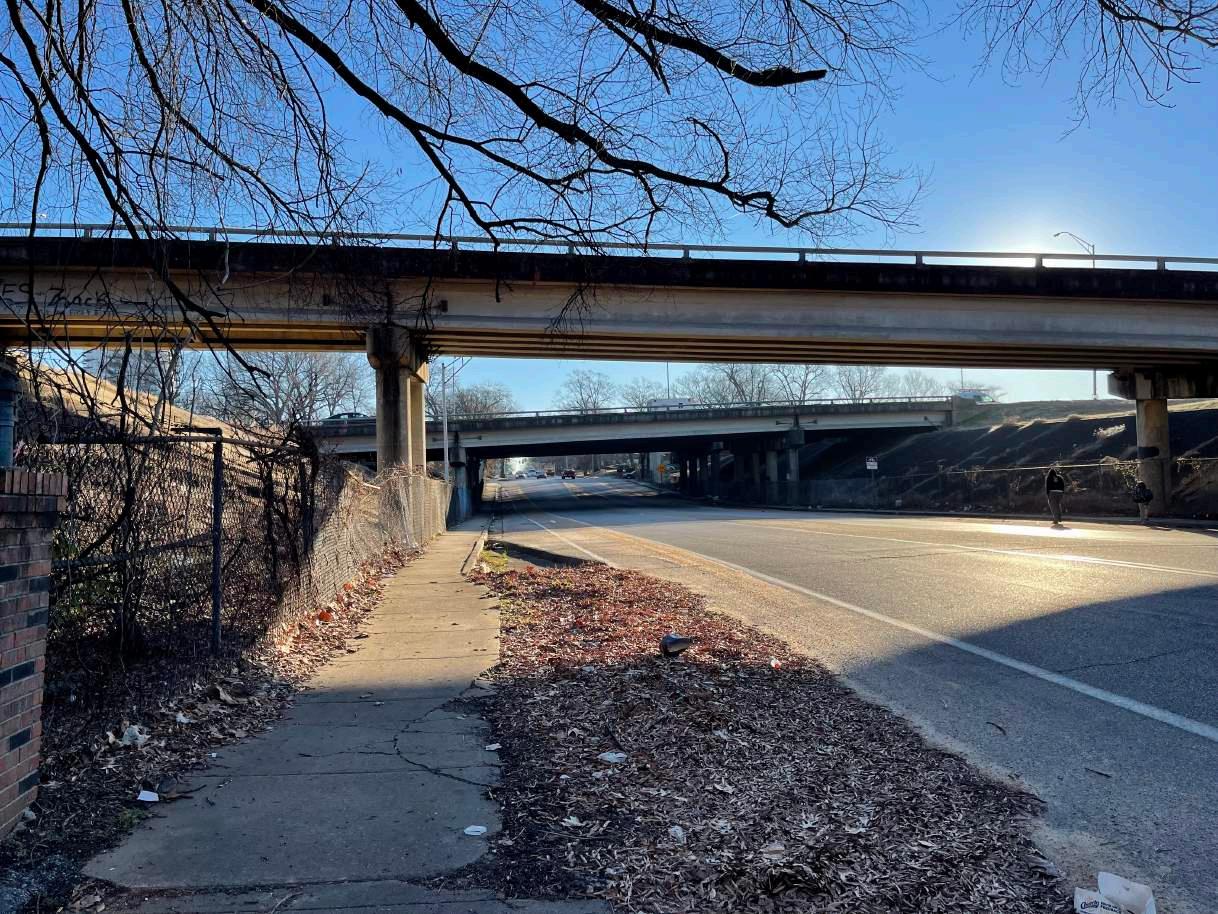
Vance Ave. is an opportunity to develop a cultural corridor vitalizing the area’s history, present and future, ultimately connecting the Peabody-Vance neighborhood and Downtown Memphis.


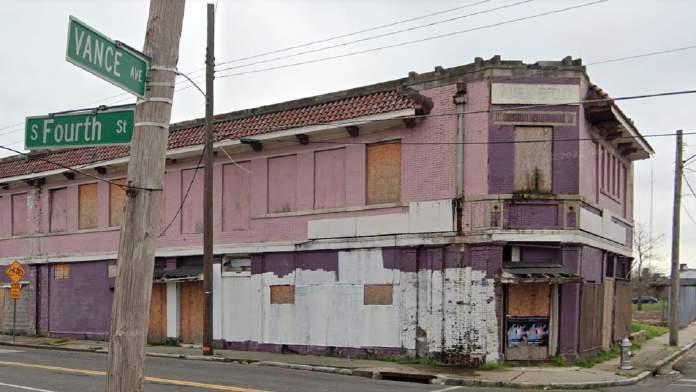
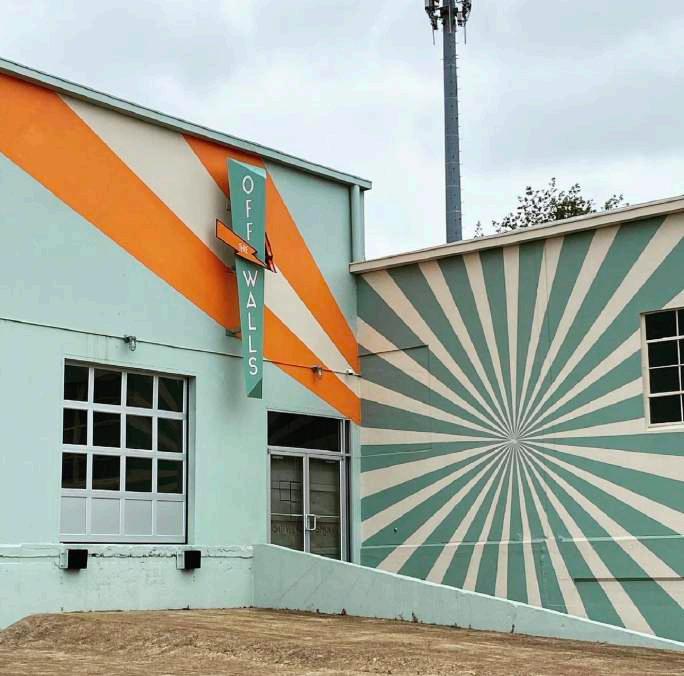



Edward Jones - Financial Advisor: John Ponnath
Wellness Center
DaVita Memphis Central Dialysis
Specialist of Memphis
MMDC maintains regular communication and attends quarterly neighborhood association meetings to inform neighbors about Medical District events, programs, and opportunities.
MMDC’s District ambassadors circulate the District five days per week beautifying key corridors and neighborhood streets by removing litter and graffiti, offering hospitality services, and acting as the “eyes on the street.”

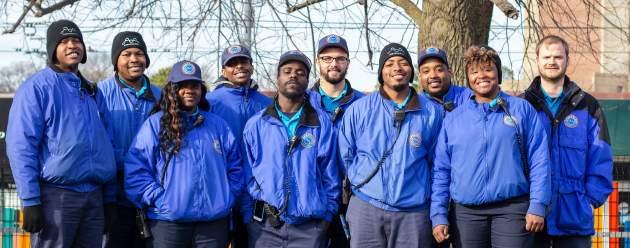

MMDC supports Memphis’ first application of the Vision Zero campaign, a strategy to eliminate all pedestrian fatalities and severe injuries while increasing safe, healthy, equitable mobility for all.
Be Aware seeks to raise awareness of pedestrian safety in the Medical District through five strategies:
Engineering
Enforcement
Education
Equity
Engagement






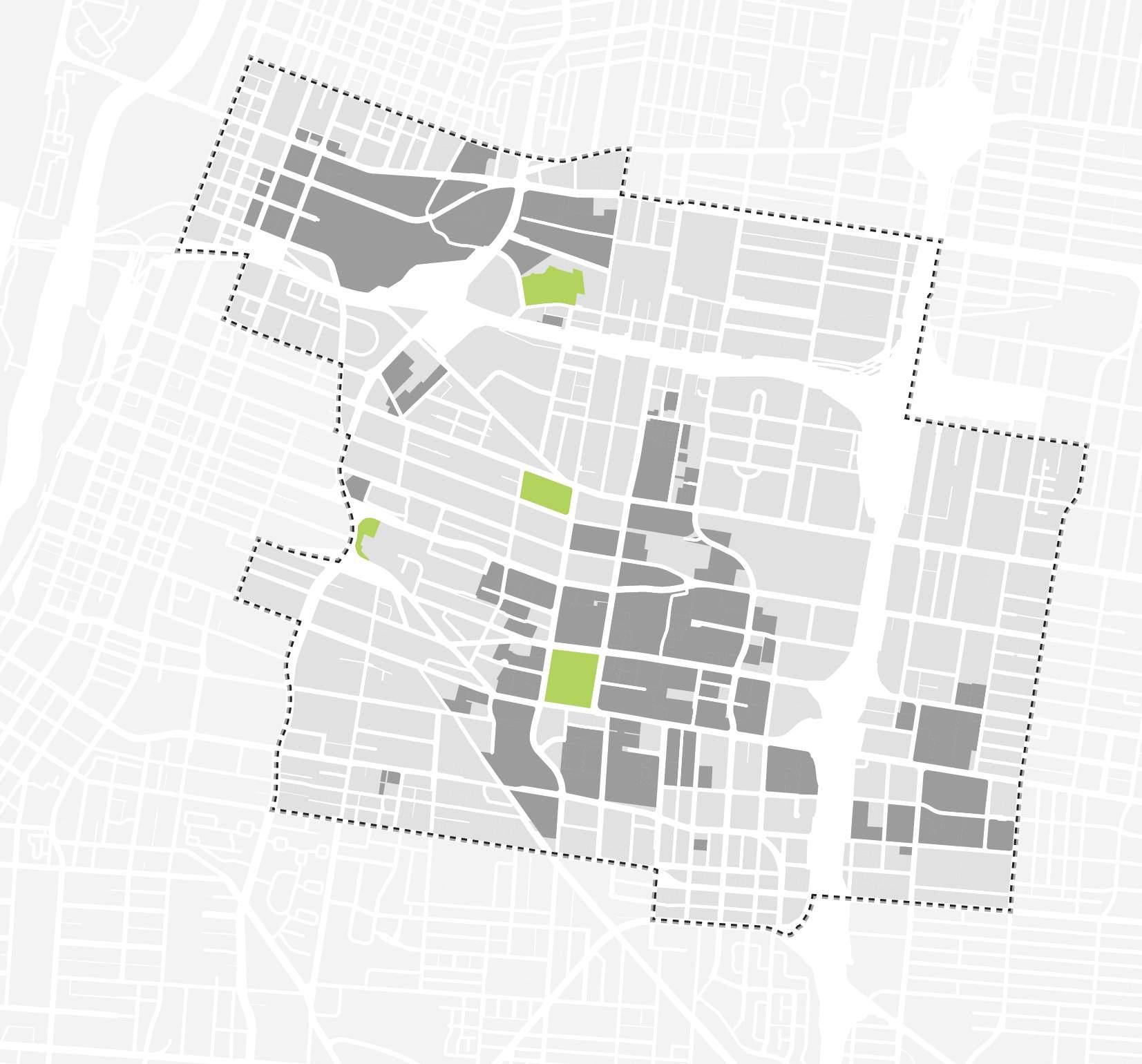

Census Data Boundary: Block Group
471570037001
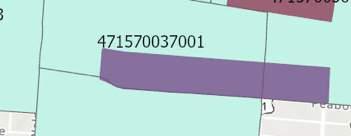
Study Area: Peabody Vance Neighborhood
HOUSEHOLDS
SOURCE:
1

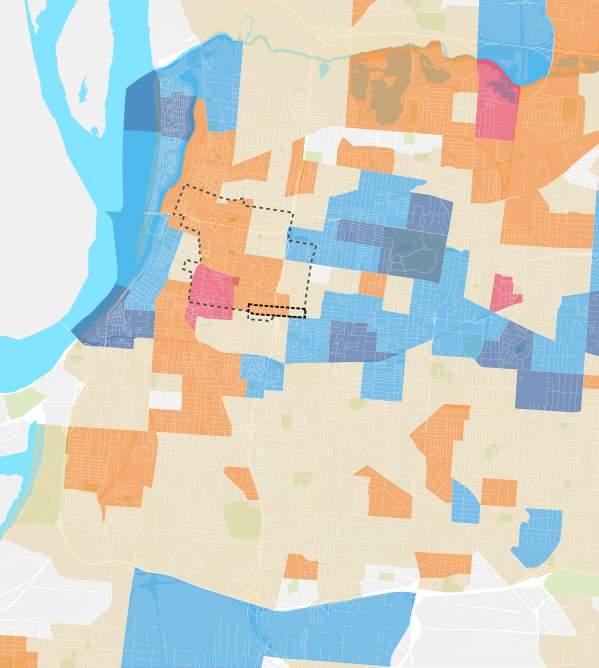
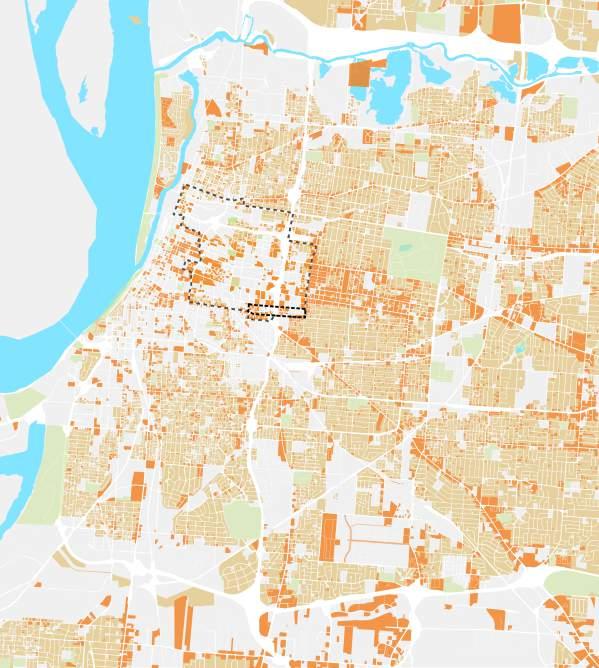
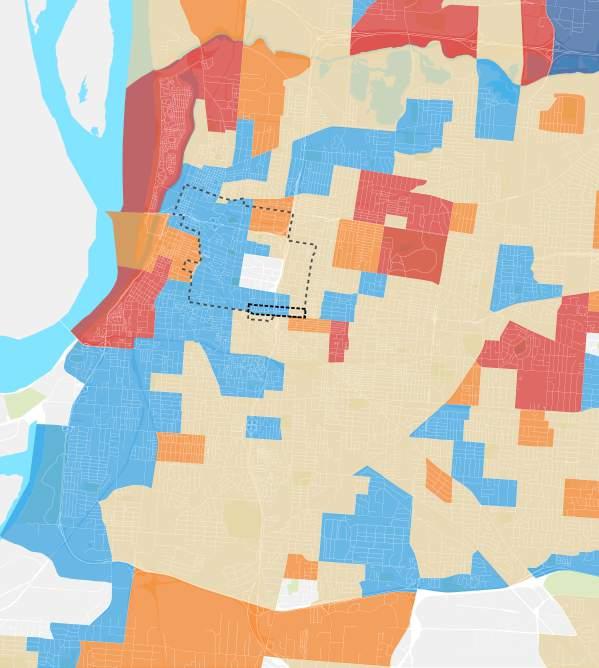
The Peabody Vance Neighborhood is a diverse area with an upand-coming commercial corridor. Half of the parceled land in the neighborhood is dedicated to commercial/mixed uses including residential. A significant share (42%) of the land is dedicated exempt land uses, most of which is owned by the Memphis Board of Education (Central High School and the Crump Stadium).
(18 Acres)
charitable and other tax exempt institutions)
(3 Acres)





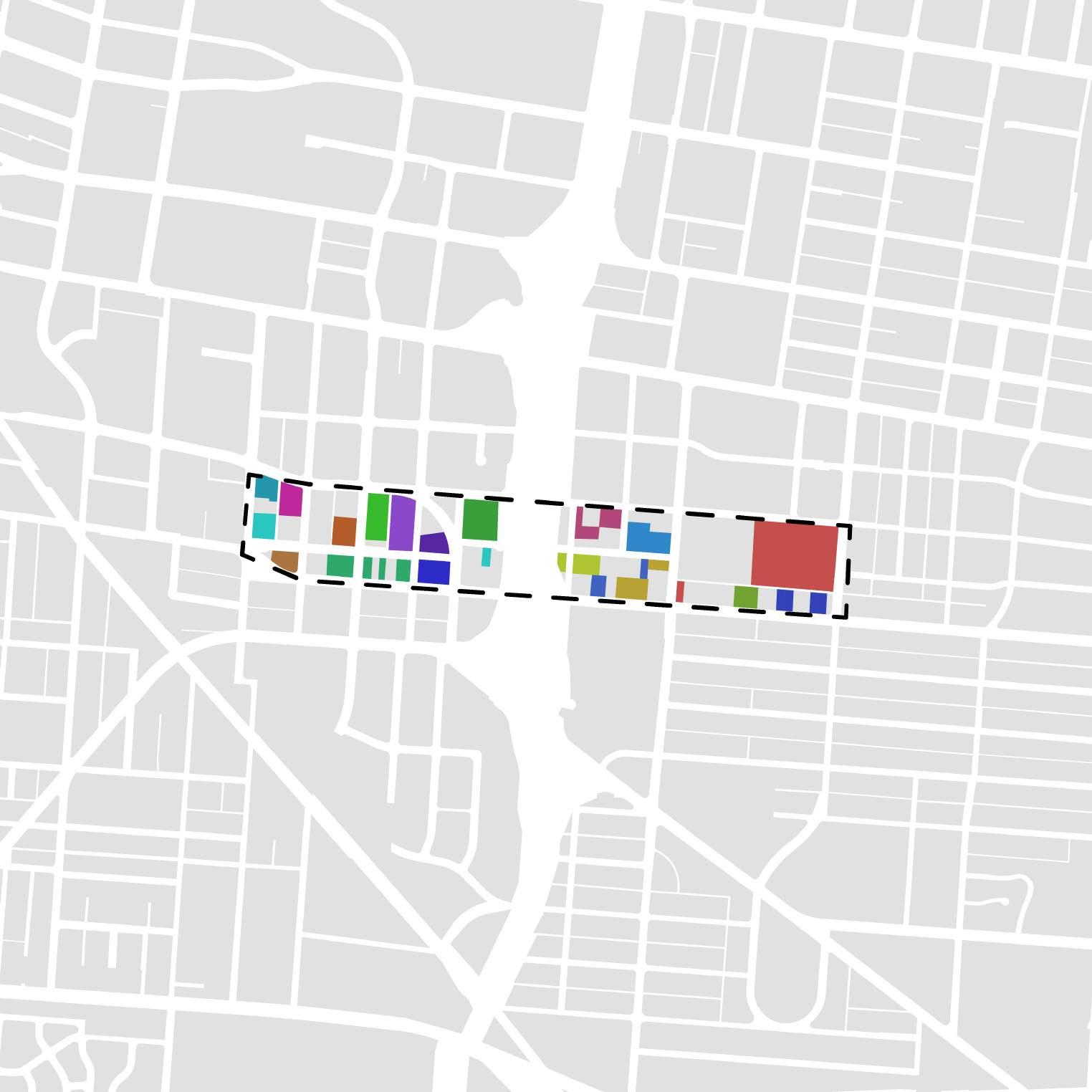
The Memphis Medical District Collaborative Anchor Institutions and other businesses collectively represent over 30,000 employees, 8,000 students and 9,500 residents. Majority of the 47,000+ employees, students and residents commute by car.
Of the approximate 30,000 people working in Memphis, only 2% also reside there, meaning 98% are commuting in from other locations. Most (80%) of these commuters are traveling greater than 10 miles to work, and in terms of geography, they come from a variable spread of communities east of the study area.
Daily traffic counts data indicate that most commuters are entering the district by way of Interstate 40, Interstate 69 and Union Ave. Sources:

Primary US and State Highways
Primary Limited Access or Interstate
MMDC (Memphis Medical District Collaborative)
The Memphis Area Transit Authority (MATA) is the public transportation provider for the Memphis area. As one of the largest transit operators in the state of Tennessee, MATA transports customers in the City of Memphis and parts of Shelby County on fixed-route buses, paratransit vehicles and vintage rail trolleys.
There are approximately 35 bus stops within the study area and along its boarder streets. In addition, the Madison Trolley Line and Groove On Demand service the residential areas with the Medical District and Downtown.
As of January 2022, highlights of the Groove On Demand include:
• 11, 854 total rides completed
• 4.9/5.0 average rating by riders
• 597 active riders
• 275% increase in monthly active riders

